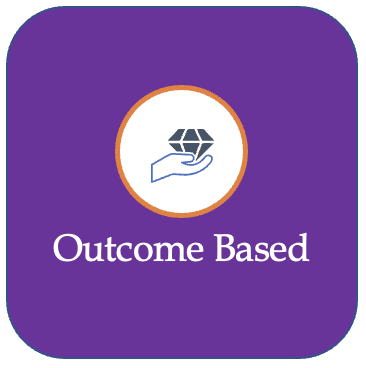This article aims to provide characteristics of fours different types of engagement models, on the context of scope flexibility and ownership sharing between client and partners; this work (article) is summary of my extensive working in agile contracting space for few of Europe’s biggest companies and collaboration with though leaders in this space.
Every organisation operates within its own unique context and cultural ecosystem. In a fast paced market where short development cycles are norm, it is more than ever important to formulate right partnership with suitable engagement model to lead the market and stay ahead of the competion. The classification outlined below aligns with the most common types of engagements seen today. These models are under constant evolution given the companies want to leverage partner’s strength during the collaboration. Each of the four models is centered around a distinct collaboration purpose and desired value creation —its primary guiding factor.

The first distinction between engagement models is based on scope. Agile is designed to evolve scope through close collaboration with end users, ultimately delivering outcomes that are more valuable and better suited to the customer needs. However, this does not mean that Agile cannot be applied to a fixed scope. The primary challenge in such cases is limited viability of scope adaptation and commercial —since the concept of a fixed-price Agile engagement can seem contradictory.
The first engagement model, Fixed Scope (Agile), is built around delivering a known scope incrementally. The remaining three models, however, all feature open-ended scope and vary in the level of partner engagement.
The next model, Output Based, is the most commonly used today. It focuses on the diligent delivery of a subset of a broader operational scope—such as development activities or specific support tasks in the form of T&M contractual engagement. In this model, the partner’s involvement typically operates at the feature or story level, working primarily on user stories delivery.
The Co-Creation model, on the other hand, represents a deeper, more integrated partnership. Here, the partner’s teams work closely with the client’s teams, engaging in solutioning and architectural decisions from the start. The focus is on maximising value through continuous improvements and DevOps approach, automating processes wherever possible, and applying best Agile Engineering practices to ensure the delivery is both innovative and reliable. Delivery speed, Stability, service continuity, and customer value are central to this model.
Finally, the Outcome Based model is the most ambitious and limited. It aims to support entrepreneurship where partner is part of a broader commercial strategy. In this model, the primary focus is the creation and commercialisation of a product or service. There are two potential formats for partnership: a close collaboration in developing and launching the service (often involving a joint venture with shared risks and profits), or outsourcing the entire outcome to a trusted partner.
Engagement models with key elements at high level:
1. Fixed Scope (Agile) Model:

Purpose: Delivering a predefined scope incrementally.
Characteristics:
- Clear deliverables planned upfront, and progress is made in iterations
- Operational activities including continuous improvements with clear Service Level Objectives
Engagement Level: Limited to delivering known outcomes.
2. Output Based Model:

Purpose: Handling specific subsets of broader scope.
Characteristics: Focuses on tactical execution, such as developing features or resolving tickets.
Engagement Level: Operates mainly at the task or feature level, with minimal strategic involvement.
Common Use Case: Most popular for traditional outsourcing tasks.
3. Co-creation Model:

Purpose: Establishing a collaborative partnership to drive innovation and value.
Characteristics: Involves joint decision-making on solutions and architecture.
- Emphasizes a Agile Engineering (DevOps) approach for security, automation, and reliability.
- Incorporates best Agile Engineering principles for stability and service continuity.
Engagement Level: Highly integrated, fostering a shared responsibility for outcomes
4. Outcome Based Model:

Purpose: Creating and commercialising a product or service as part of a broader business strategy.
Characteristics:
- Involves entrepreneurial risk-sharing, with partner as a key player of the overall strategy.
- Joint Venture or Vested Contracts: Shared risks and profits based on new products in to the market with deep collaboration. This collaboration is based on mutual trust and looking for win-win for both parties.
- Outcome Outsourcing: Delegation of the entire business outcome to the partner
Engagement Level: The highest level of partnership, focusing on business goals beyond IT.
Above models illustrate how the scope and level of collaboration between partners can evolve from simple task execution to strategic business transformation.
If you wish to know any specific aspect about these models, the context in which these should be selected or templates to design one for your need, please feel free to reach out to me.